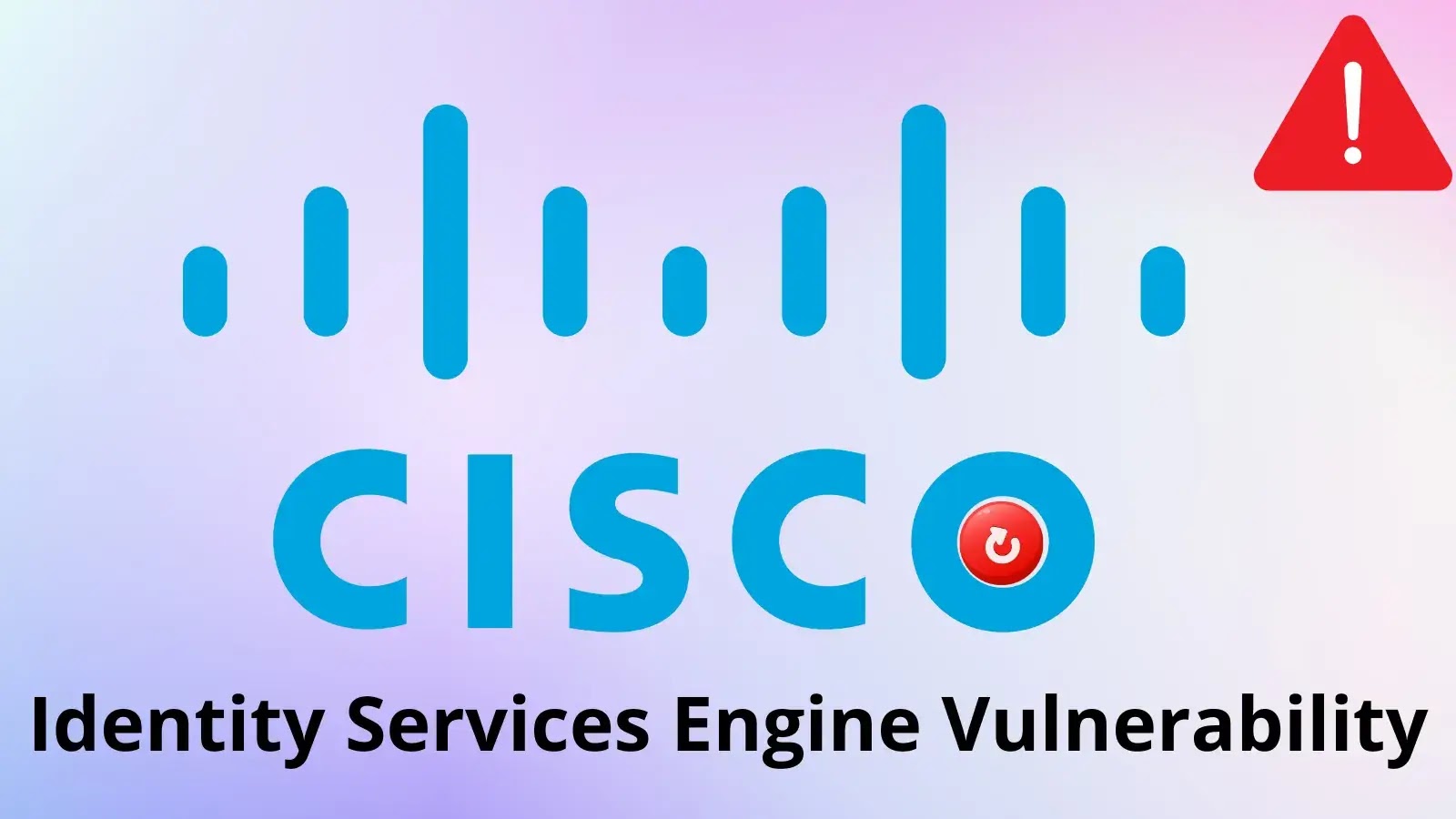
Cisco Identity Services Engine Vulnerability Allows Attackers to Restart ISE Unexpectedly
Cisco ISE Under Attack: Critical Vulnerability Forces Unexpected System Restarts
The integrity of network access control systems is paramount. When these foundational security components become vulnerable, the ripple effect can be significant, disrupting operations and potentially exposing sensitive data. A critical vulnerability in Cisco Identity Services Engine (ISE) has recently surfaced, allowing remote attackers to trigger unexpected system restarts through a cleverly crafted sequence of RADIUS requests. This flaw, tracked as CVE-2024-20399, highlights the constant need for vigilance and timely patching in complex enterprise environments.
Understanding the Denial-of-Service Vulnerability (CVE-2024-20399)
At its core, CVE-2024-20399 exploits a logic error within Cisco ISE’s handling of specific authentication scenarios. The vulnerability lies in how ISE processes repeated authentication failures originating from endpoints that have been rejected. Instead of robustly managing these failed attempts, a specific sequence of malformed or excessively frequent RADIUS requests can overwhelm the system’s processing capabilities, leading to a denial-of-service (DoS) condition.
This DoS condition doesn’t simply slow down ISE; it forces an unexpected system restart. For an organization relying on ISE for critical network access control, authentication, and authorization, an unplanned restart translates directly to service disruption, potential access issues for legitimate users, and a significant operational headache. This vulnerability can be triggered remotely, meaning an attacker doesn’t require direct physical access to the network or deep internal privileges, making it a particularly concerning threat.
How the Vulnerability Works
The mechanism behind CVE-2024-20399 involves a malformed or persistently failed RADIUS request stream. Cisco ISE, designed to manage authentication and authorization, uses the RADIUS protocol for communication with network access devices. When an endpoint repeatedly attempts to authenticate and is consistently rejected (perhaps due to incorrect credentials or policy violations), a flaw in ISE’s internal logic fails to properly handle and clear these persistent, rejected states. Over time, or with a concentrated burst of such requests, this accumulated processing overhead leads to system instability and ultimately, an unexpected reboot of the ISE appliance.
Exploiting this flaw could be relatively straightforward for an attacker with knowledge of RADIUS and a means to generate traffic towards the ISE instance. The goal isn’t necessarily to gain unauthorized access but to disrupt the availability of critical network services managed by ISE.
Impact of an Unexpected ISE Restart
The consequences of Cisco ISE unexpectedly restarting are far-reaching for any organization that relies on it. These include:
- Network Downtime: Depending on the network configuration, an ISE restart can temporarily disrupt authentication services, preventing users and devices from connecting to the network.
- Operational Disruption: Critical business operations that depend on secure network access could be halted or severely impaired.
- Security Policy Enforcement Failure: During a restart, ISE’s ability to enforce granular access policies may be compromised, potentially leading to a temporary “open” state or, conversely, over-restriction, both of which are undesirable.
- Loss of Trust: Repeated outages can erode user and stakeholder trust in the stability and security of the network infrastructure.
Remediation Actions for CVE-2024-20399
Addressing CVE-2024-20399 is critical to maintaining the stability and security of your network. Cisco has released software updates to patch this vulnerability. Organizations must prioritize these actions:
- Apply Patches Immediately: Consult Cisco’s official security advisories and apply the recommended software updates for your specific ISE version. This is the most effective and direct solution. Ensure your patching process includes thorough testing in a non-production environment first.
- Monitor Cisco Security Advisories: Regularly review Cisco’s security advisories and newsletters for notifications of new vulnerabilities and available patches.
- Implement Rate Limiting: While not a direct fix for the vulnerability, implementing rate-limiting on network devices (e.g., switches, firewalls) that forward RADIUS requests to ISE can help mitigate the impact of high-volume, malicious authentication attempts.
- Network Segmentation: Ensure ISE instances are appropriately segmented and protected by firewalls, limiting direct exposure to untrusted networks.
- Robust Monitoring: Implement comprehensive monitoring for unusual activity on your ISE appliances, including sudden increases in authentication failures, unexpected reboots, or unusual CPU/memory utilization.
Tools for Detection and Mitigation
While direct detection of the exploit might require specialized tools, general network security practices and monitoring can aid in identifying unusual patterns.
| Tool Name | Purpose | Link |
|---|---|---|
| Cisco ISE Software Updates | Official patches for the vulnerability | Cisco Security Advisories |
| Network Intrusion Detection/Prevention Systems (IDS/IPS) | Monitoring and blocking suspicious network traffic patterns, including high volumes of malformed RADIUS requests | (Vendor-specific) |
| Security Information and Event Management (SIEM) Systems | Aggregating and analyzing logs from ISE and network devices to detect anomalies and potential attack attempts | (Vendor-specific) |
Protecting Your Network Infrastructure
The discovery of CVE-2024-20399 serves as a reminder that even critical infrastructure components like Cisco ISE are susceptible to attack. Prioritizing software updates, maintaining a proactive security posture, and implementing robust monitoring are essential to protect your organization from denial-of-service attacks and ensure the continuous availability and integrity of your network services. Stay informed, stay patched, and keep your defenses strong.





